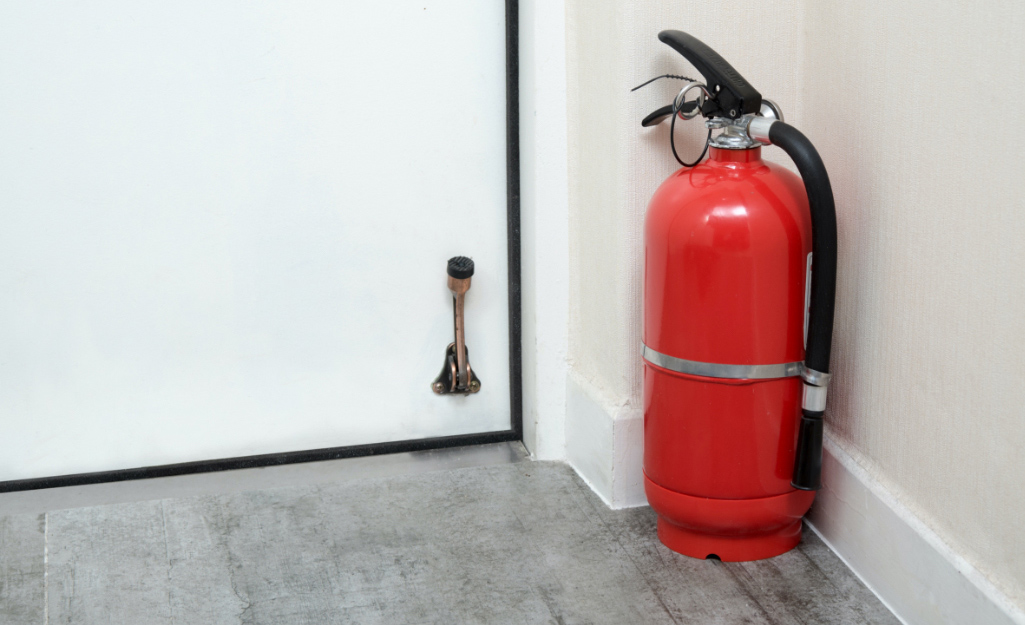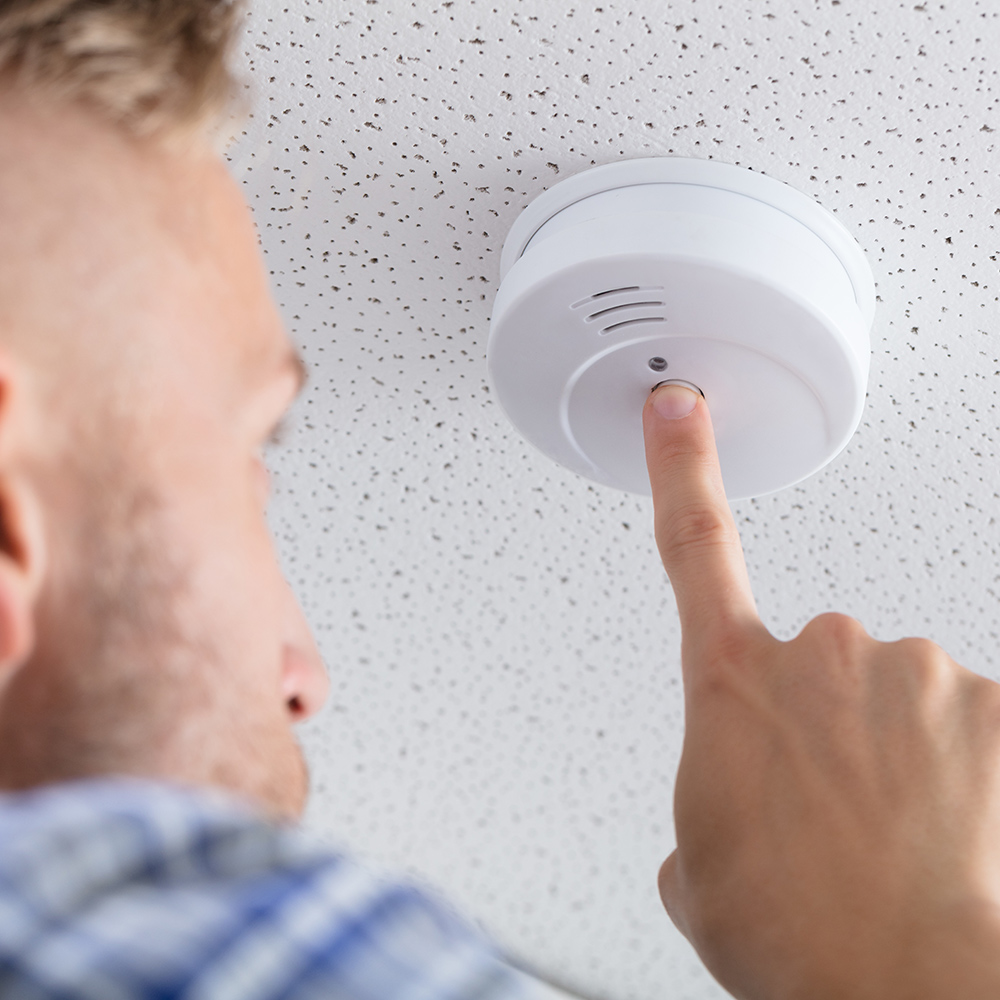Staying Safe with Natural Gas

Last updated September 7, 2023
While most residential power is still electric, natural gas fuels a variety of appliances in millions of homes around the country. In general, it is a safe and efficient power source. This guide offers information to ensure that you and your family stay safe with natural gas.
Table of Contents
Getting Natural Gas to Your Area
Getting Natural Gas into Your Home
First Step to Gas Safety
Purchase a Combustible Gas Detector
Turn the Gas Off at the Source
Getting Natural Gas to Your Area

Natural gas feeds many appliances like ranges, hot water tanks, fireplaces and home heating units. It comes under the plumber's purview, meaning only a licensed plumber should install and adjust your home’s natural gas-fueled systems.
Gas comes to our neighborhoods from distant places through high-pressure lines. The gas is pumped to 1000 psi so it can travel thousands of miles and serve millions of people.
As the gas travels locally through the pipes in your area, there's a series of pressure regulators that take the high pressure gas and turn it into lower-pressure gas.
Getting Natural Gas into Your Home
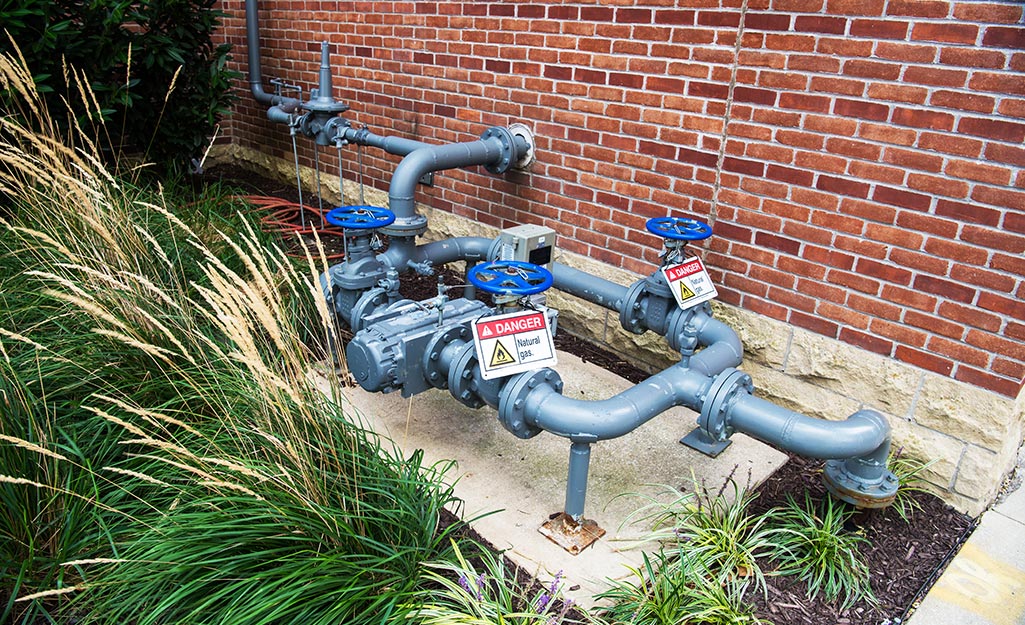
When you are outside looking at the standard gas fit that supplies a residential home, you can see the pipe that comes out of the ground and a circular part that rests at the top of the inline before it heads to the meter bar. That circular part of the gas fit is the regulator. It steps down the pressure before it travels into your home.
Every time someone in your neighborhood uses a gas appliance, the pressure in the line that feeds the community changes. Regulators respond to the ever-changing pressure supplied to your house.
The total amount of pressure needed in a home is less than a tenth of a pound. For perspective, a bicycle tire usually needs about 40 to 80 psi to ensure a smooth ride.
Each appliance has an additional regulator to ensure that the exact amount of pressure flows to its respective appliance, according to the operation specifications.
First Step to Gas Safety
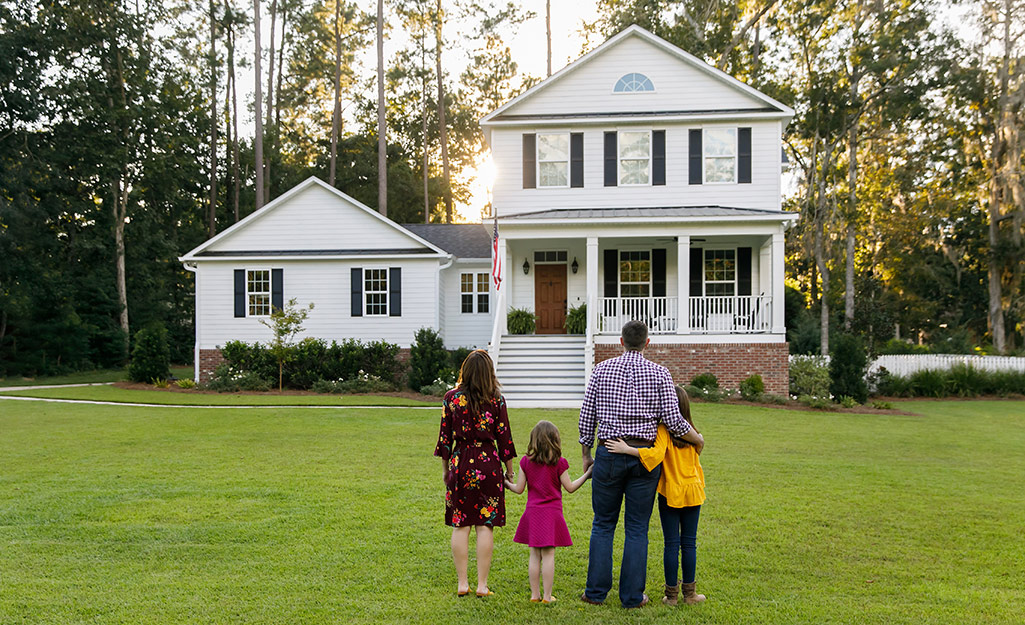
Natural gas is odorless. Gas producers add a chemical called mercaptan to alert people to a gas leak. It has a strong odor that smells of rotting cabbage or smelly socks.
If you smell natural gas in your home, get everyone out of the house quickly and safely, then call 911.
Purchase a Combustible Gas Detector
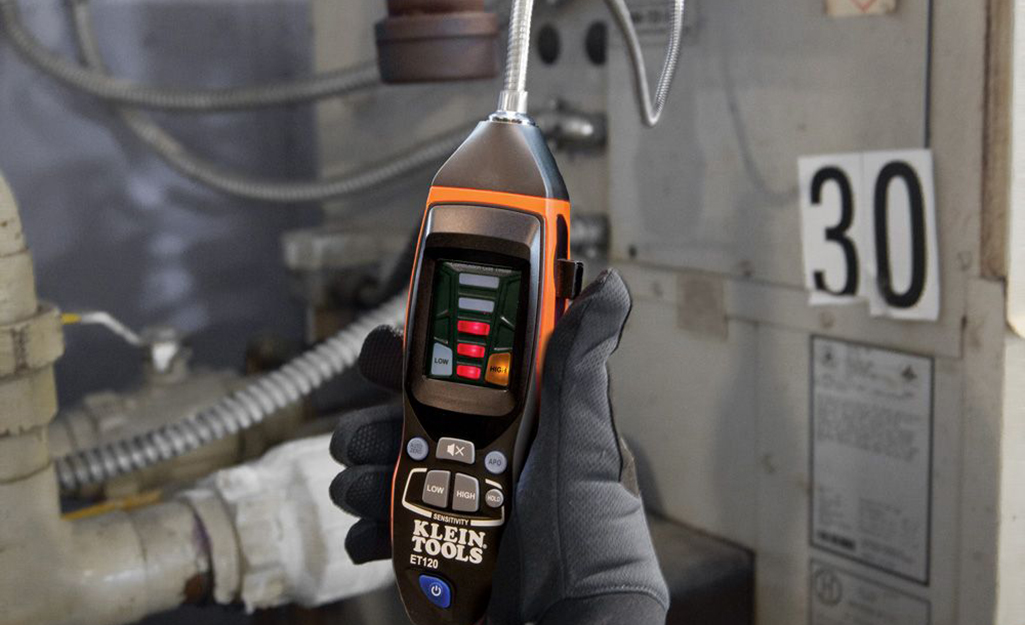
Sometimes a leak can start in a closed room or infrequently used room. In this case, it can take a while for you to notice. You can add an extra layer of protection for you and your family by keeping a combustible gas detector near appliances like your natural gas hot water tank or furnace.
Turn the Gas Off at the Source
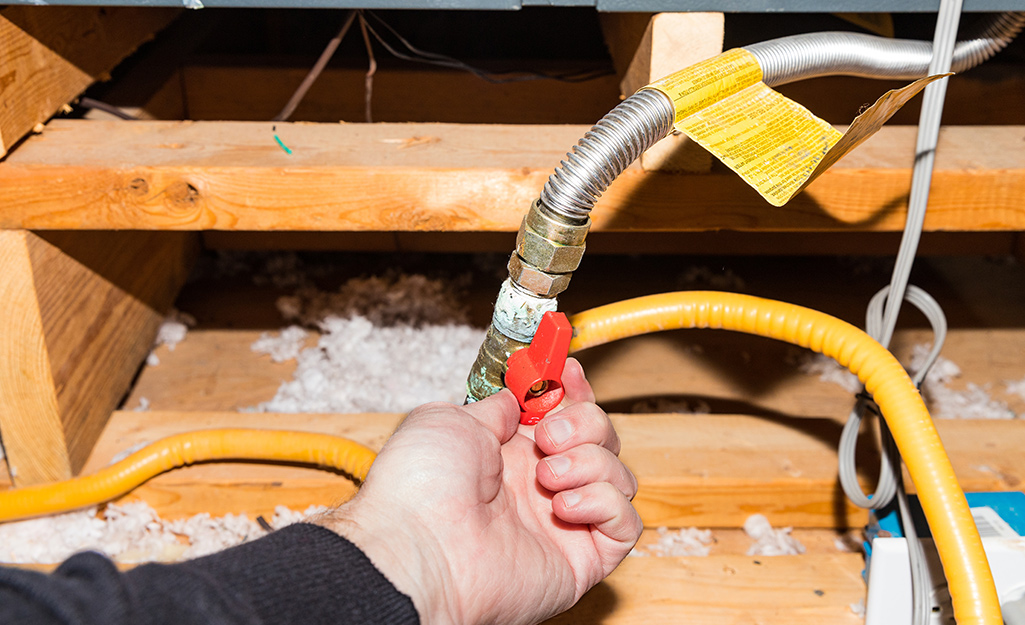
In rare events, city officials may instruct homeowners to shut off their residential gas. Go to the gas meter and look for a shutoff valve. Typically, it’s to the left of the meter on the pipe coming up out of the ground from the street.
Using a wrench, turn the shutoff valve so that it is perpendicular to the gas pipe. Then evacuate the building.
In all other circumstances, do not touch the gas meter. Only allow a licensed professional to do anything involving gas lines and appliances in your home.
Natural gas can be an efficient power source for your home. Stay safe with natural gas by following the tips in this guide. Check out our selection of detectors online or at one of our convenient locations. The Home Depot delivers online orders when and where you need them.



